Year 2
The English curriculum is built around the three interrelated strands of language, literature and literacy. Teaching and learning programs should balance and integrate all three strands. Together, the strands focus on developing students' knowledge, understanding and skills in listening, reading, viewing, speaking, writing and creating. Learning in English builds on concepts, skills and processes developed in earlier years, and teachers will revisit and strengthen these as needed.
In Year 2, students communicate with peers, teachers, students from other classes and community members.
Students engage with a variety of texts for enjoyment. They listen to, read, view and interpret spoken, written and multimodal texts in which the primary purpose is to entertain, as well as texts designed to inform and persuade. These encompass traditional oral texts, picture books, various types of print and digital stories, simple chapter books, rhyming verse, poetry, non-fiction, film, multimodal texts, dramatic performances and texts used by students as models for constructing their own work.
The range of literary texts for Foundation to Year 10 comprises Australian literature, including the oral narrative traditions of Aboriginal and Torres Strait Islander Peoples, as well as the contemporary literature of these two cultural groups, and classic and contemporary world literature, including texts from and about Asia.
Literary texts that support and extend Year 2 students as independent readers involve sequences of events that span several pages and present unusual happenings within a framework of familiar experiences. Informative texts present new content about topics of interest and topics being studied in other areas of the curriculum. These texts include language features such as varied sentence structures, some unfamiliar vocabulary, a significant number of high-frequency sight words and words that need to be decoded phonically, and a range of punctuation conventions, as well as illustrations and diagrams that support and extend the printed text.
Students create a range of imaginative, informative and persuasive texts including imaginative retellings, reports, performances, poetry and expositions.
(source: www.australiancurriculum.edu.au)
Achievement Standard
Receptive modes (listening, reading and viewing)
By the end of Year 2, students understand how similar texts share characteristics by identifying text structures and language features used to describe characters and events, or to communicate factual information.
They read texts that contain varied sentence structures, some unfamiliar vocabulary, a significant number of high-frequency sight words and images that provide extra information. They monitor meaning and self-correct using knowledge of phonics, syntax, punctuation, semantics and context. They use knowledge of a wide variety of letter-sound relationships to read words of one or more syllables with fluency. They identify literal and implied meaning, main ideas and supporting detail. Students make connections between texts by comparing content. They listen for particular purposes. They listen for and manipulate sound combinations and rhythmic sound patterns.
Productive modes (speaking, writing and creating)
When discussing their ideas and experiences, students use everyday language features and topic-specific vocabulary. They explain their preferences for aspects of texts using other texts as comparisons. They create texts that show how images support the meaning of the text.
Students create texts, drawing on their own experiences, their imagination and information they have learnt. They use a variety of strategies to engage in group and class discussions and make presentations. They accurately spell words with regular spelling patterns and spell words with less common long vowel patterns. They use punctuation accurately, and write words and sentences legibly using unjoined upper- and lower-case letters.
(source: www.australiancurriculum.edu.au)
- Plus Plan
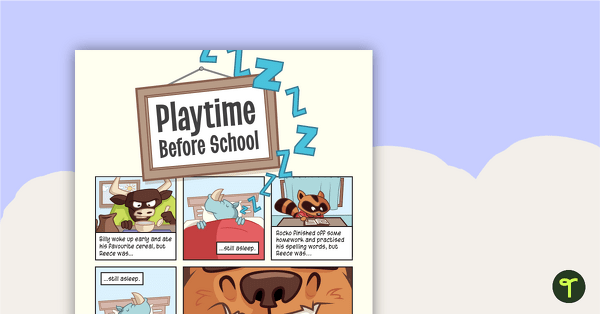
Playtime Before School – Worksheet
A comprehension worksheet for a comic from the Year 1 magazine (Issue 3).
- Plus Plan

Writing Conventions Checklist
Get your students using this writing conventions checklist to edit their work across multiple genres.
- Plus Plan
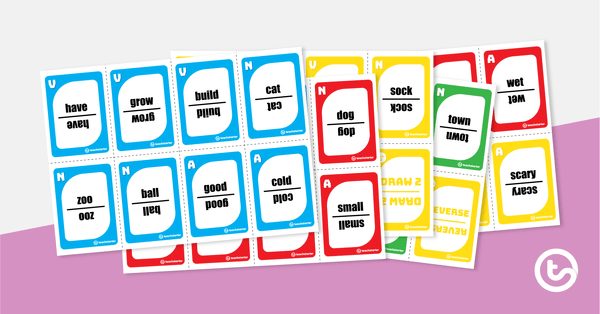
Parts of Speech Card Game – Editable
An editable parts of speech card game.
- Plus Plan
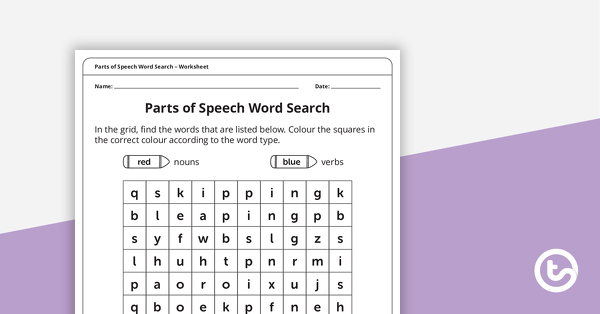
Parts of Speech Word Search (Nouns and Verbs) – Worksheet
A word search where students find and categorise nouns and verbs.
- Free Plan

Letter to the Editor (Longer Lunchtimes) – Worksheet
A comprehension worksheet for a letter to the editor from the Year 1 magazine (Issue 3).
- Plus Plan
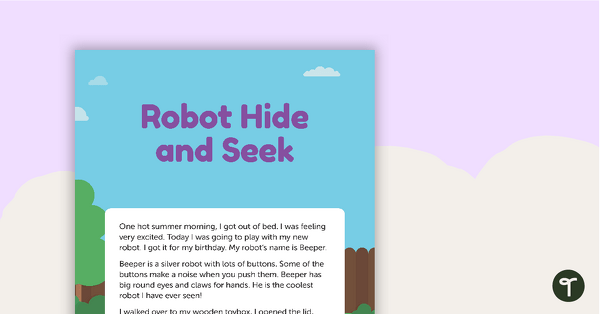
Robot Hide and Seek – Worksheet
A comprehension worksheet for a narrative from the Year 1 magazine (Issue 2).
- Plus Plan
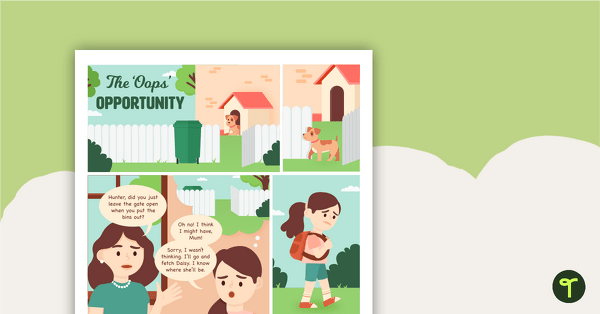
The 'Oops' Opportunity – Worksheet
A comprehension worksheet for a comic from the Year 2 magazine (Issue 2).
- Plus Plan
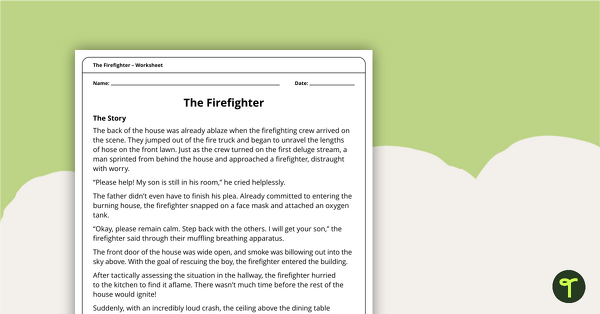
The Firefighter Story – International Women's Day
A story and accompanying worksheet that explores issues regarding female gender stereotypes.
- Plus Plan

Team Trials: Success Celebrators – Comprehension Worksheet
A comprehension worksheet for a comic about the importance of good sportsmanship and celebrating the success of others.
- Plus Plan
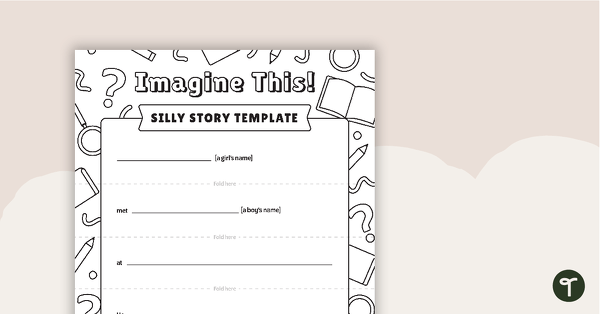
Imagine This! Silly Story Template
A template to use as a fun writing activity.
- Plus Plan
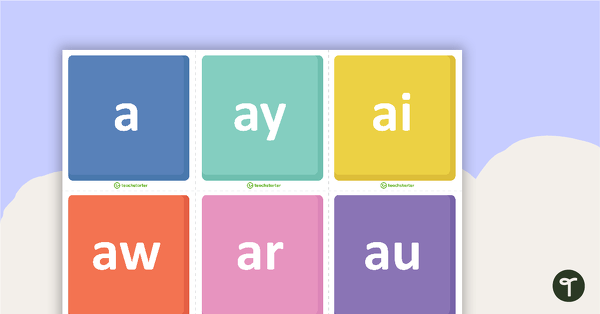
Phonics Word Builder Tiles
A comprehensive set of phonemes and their letter combinations to help your students build words.
- Plus Plan
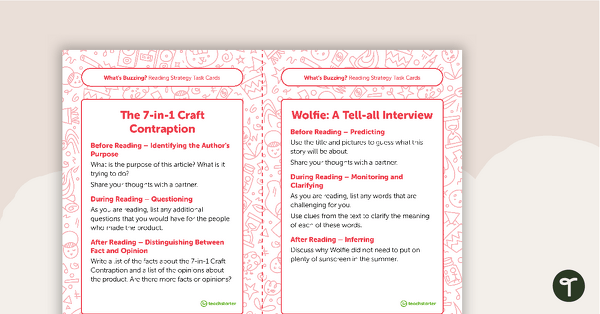
Year 2 Magazine – "What's Buzzing?" (Issue 3) Task Cards
A set of five literacy rotation task cards to be used in conjunction with Issue 3 of Teach Starter’s Year 2 magazine.
- Plus Plan
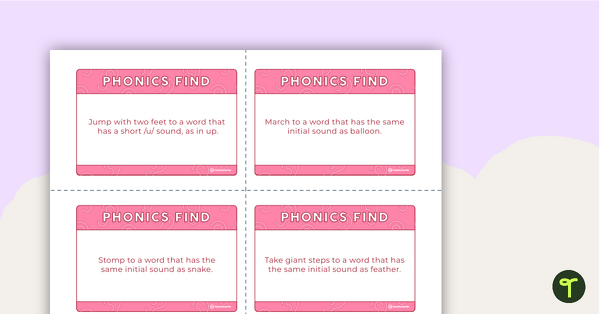
Phonics Find Description Cards
A set of 32 task cards prompting students to use their phonics knowledge to find words that include specific sounds.
- Plus Plan
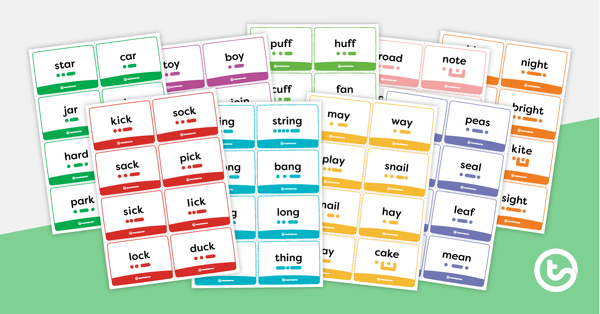
Decodable Sound Button Flashcards – Set 2
A set of over 180 decodable sound button flashcards.
- Plus Plan
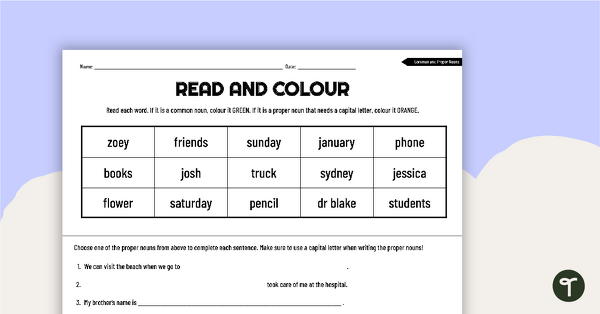
Read and Colour Worksheet – Common and Proper Nouns
A worksheet to practise identifying common and proper nouns.
- Plus Plan
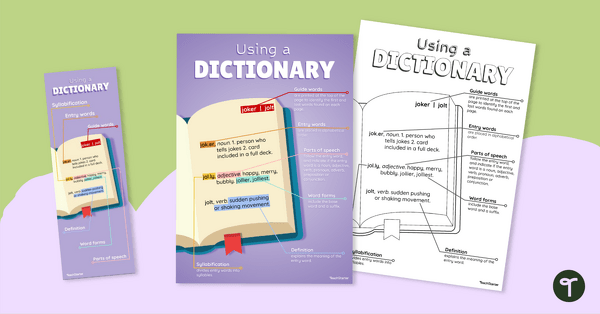
Using a Dictionary Poster and Bookmark
Learn about the parts of a dictionary with this poster and bookmark combo.
- Plus Plan
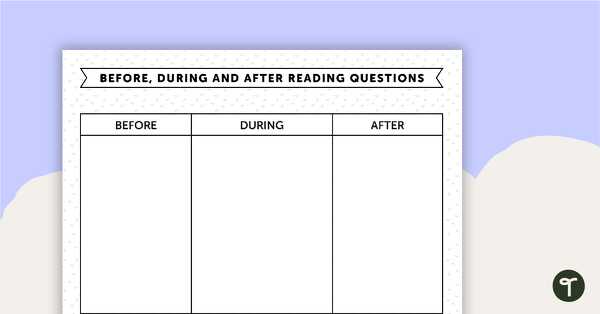
Before, During and After Reading Worksheet
A worksheet to use when asking questions before, during and after reading.
- Plus Plan
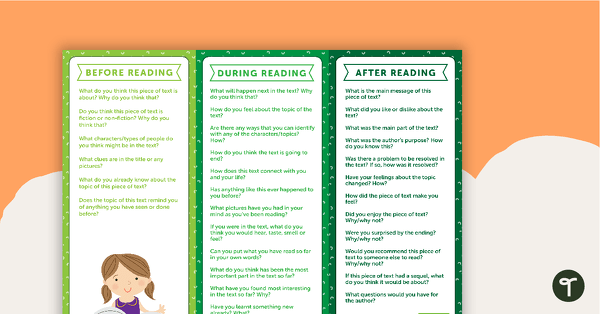
Before, During and After Reading Non-Fiction - Question Prompts
Question prompts and a worksheet to use when asking questions before, during and after reading.
- Plus Plan
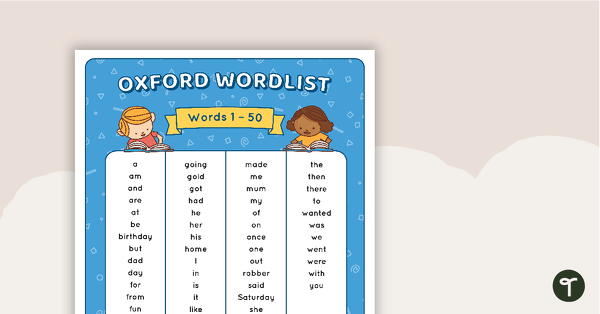
Oxford Wordlist Mats - Words 1 to 354
A set of five Oxford Wordlist Mats to assist students with their reading and spelling.
- Plus Plan
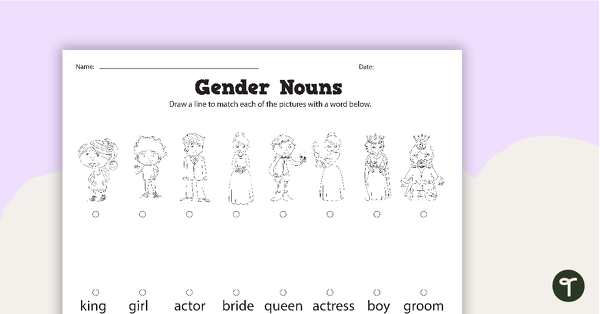
Gender Nouns Worksheets
Two worksheets for lower grades to use when learning about the gender of nouns.
- Plus Plan

Reading Detectives Bookmarks
8 colourful reading detective bookmarks to use during guided reading sessions in the classroom.
- Plus Plan
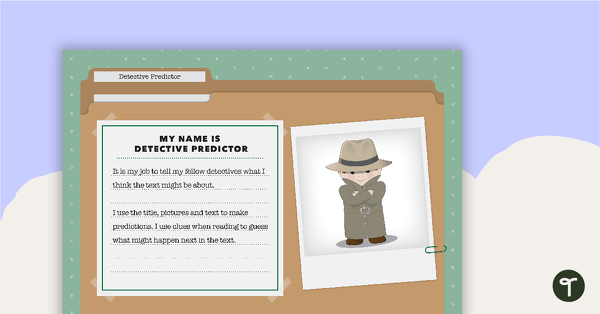
Reading Detectives Resource Pack
A 16 page resource pack including 8 detective roles to assign to students during guided reading sessions.
- Plus Plan
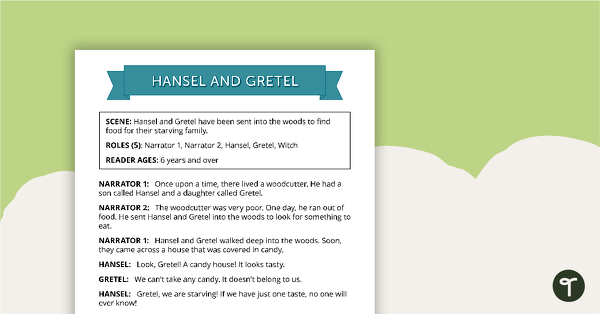
Comprehension - Hansel and Gretel
A fun script and set of questions to help students develop reading and comprehension strategies.
- Plus Plan
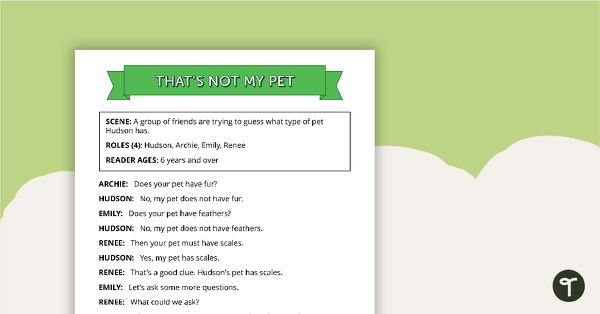
Comprehension - That's Not My Pet
A fun script and set of questions to help students develop reading and comprehension strategies.
- Plus Plan
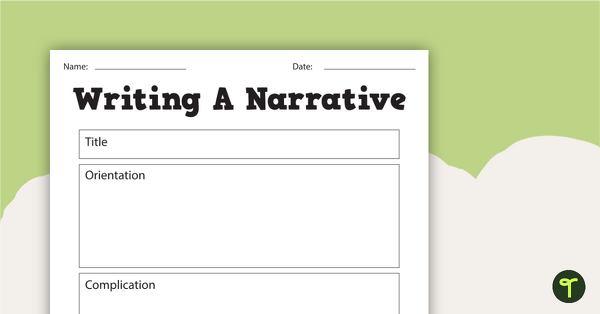
Narrative Writing Pack
A narrative writing teaching pack containing 9 worksheets and posters.
- Plus Plan
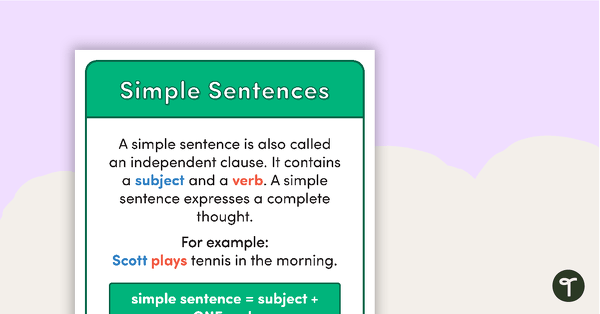
Types of Sentences Posters - Large Text
A set of 7 posters outlining the structure of various types of sentences.
- Plus Plan
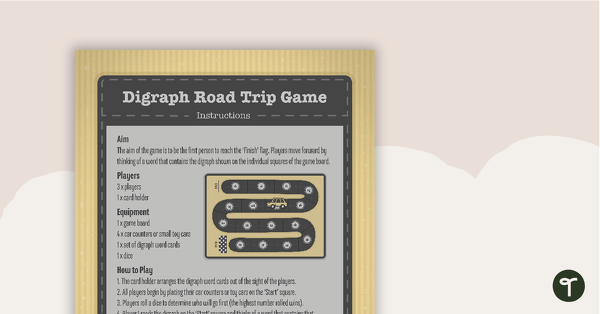
Digraph Road Trip Board Game
A transport themed phonics board game that explores common digraphs.
- Plus Plan
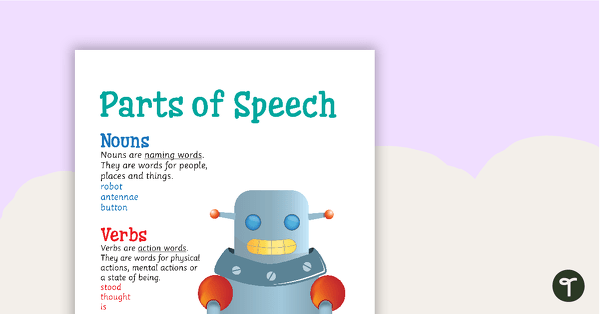
Parts of Speech Poster
A poster introducing students to nouns, verbs, adjectives, adverbs, and adverbial phrases.
- Plus Plan
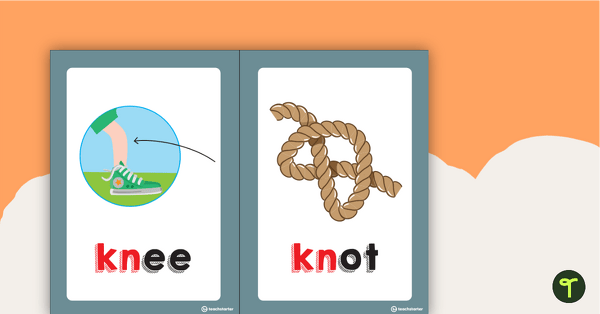
Kn, Ph & Wr Digraph Flashcards
Seventeen flashcards showing kn, ph and wr digraph words and pictures.
- Plus Plan
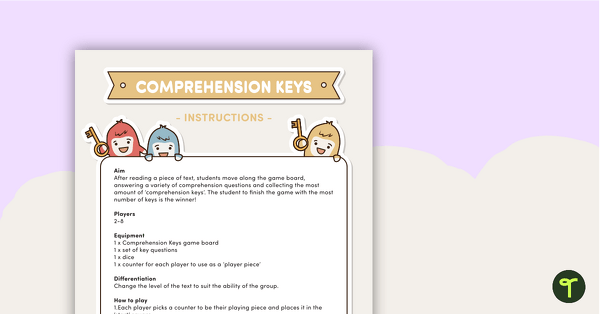
Comprehension Keys Board Game
A fun comprehension strategy board game for students to play during literacy rotations.
- Plus Plan

Thinking Hats for Effective Group Work
Thinking Hats based on Dr. Edward de Bono's teachings.
- Plus Plan
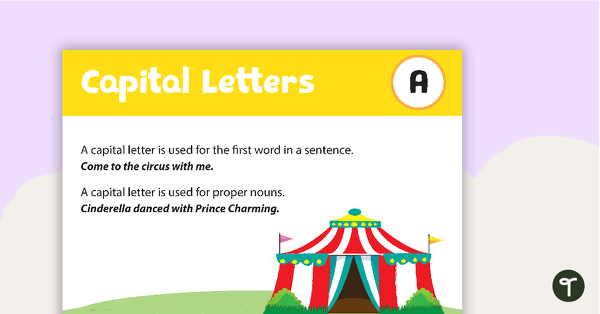
Punctuation Poster Pack
A pack of 7 posters covering punctuation marks for the early years.